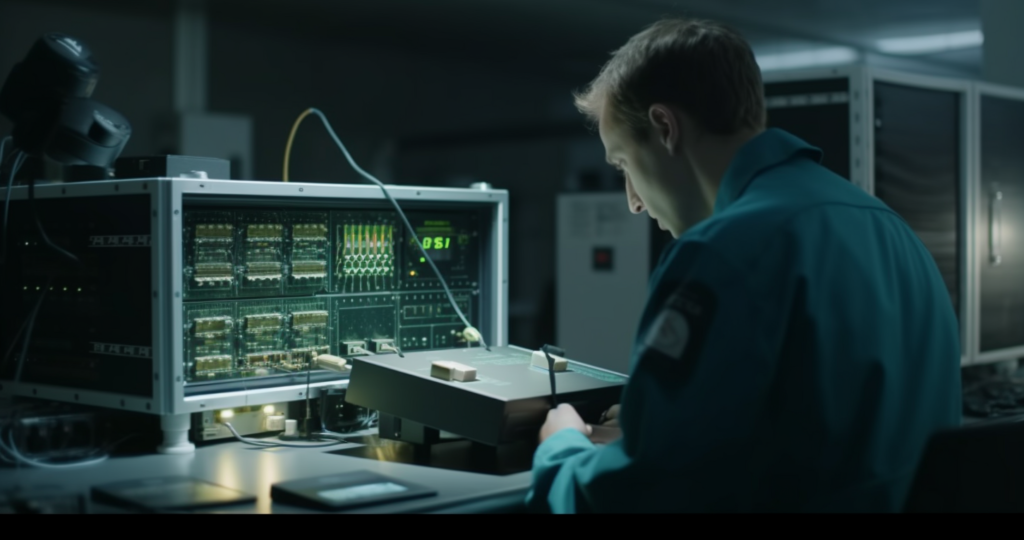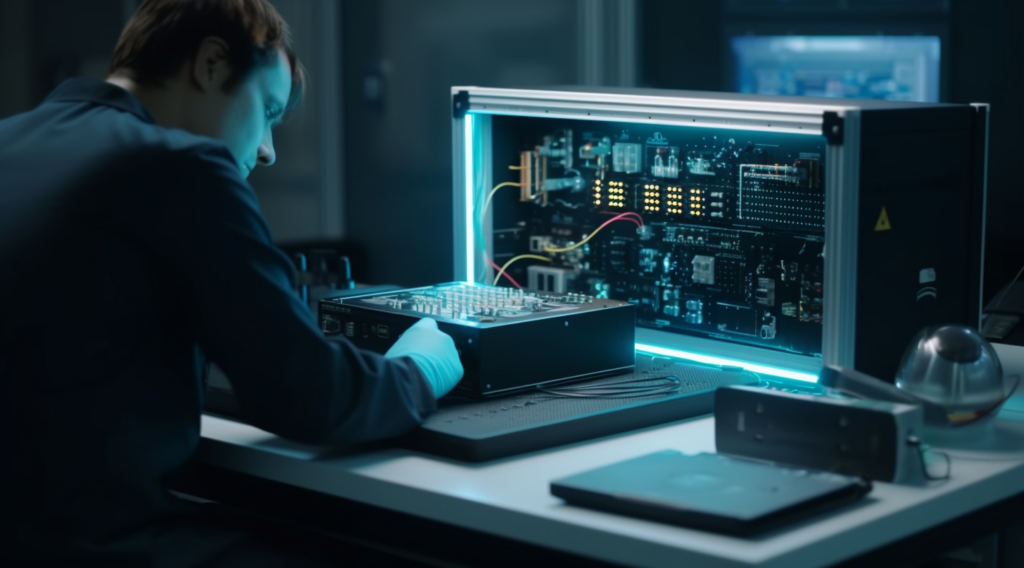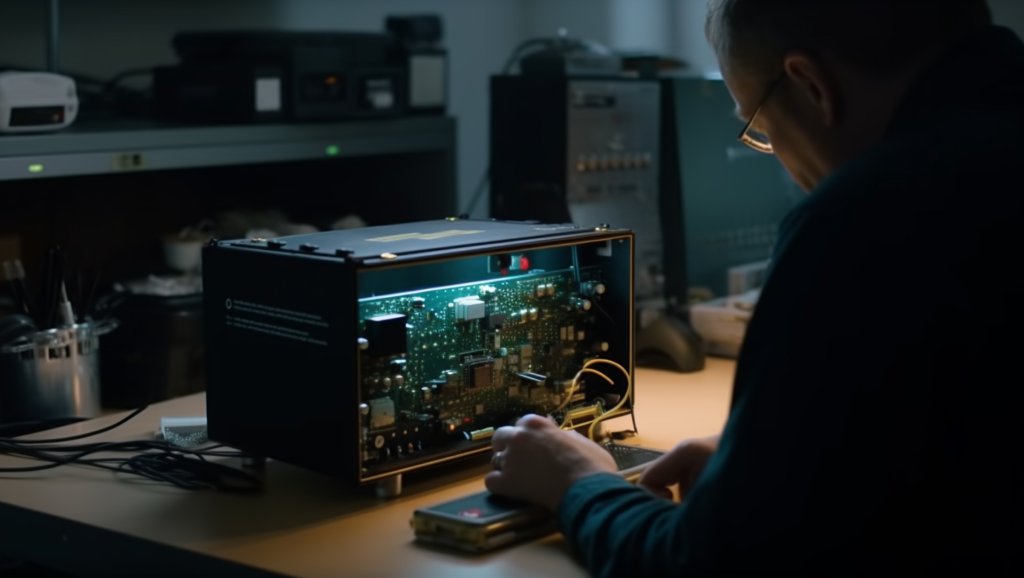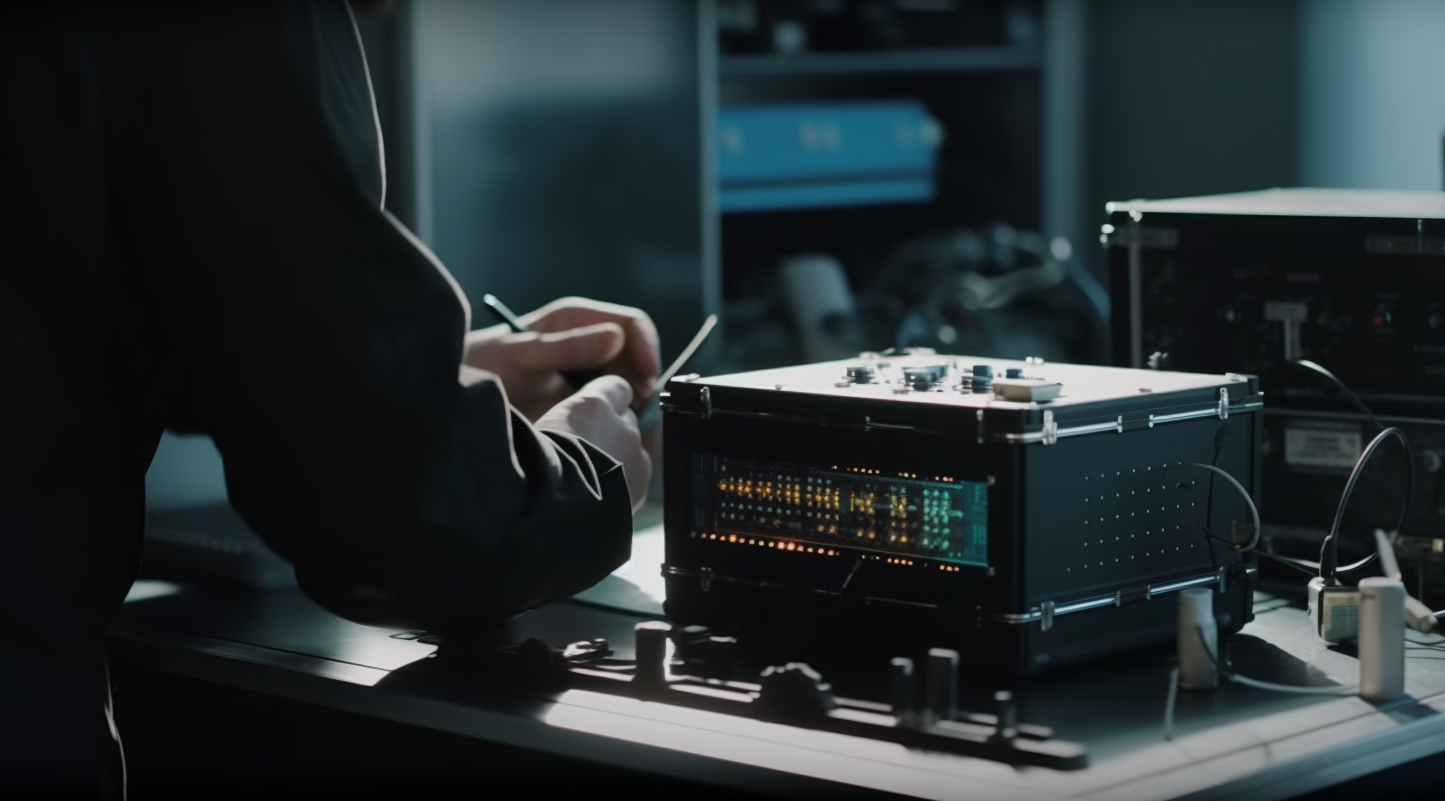The rollout of 5G technology has introduced new challenges for engineers and developers. With higher frequencies and more complex waveforms, accurate 5G testing requires an environment free from outside interference and unintended emissions. That’s where Faraday boxes become essential.
At Ramsey Electronics, we design Faraday Cage Boxes built to block frequencies well beyond the 5G spectrum, making them ideal for labs testing smartphones, modems, IoT gear, and industrial communication devices.

Featured Snippet Answer
Faraday boxes are ideal for 5G testing because they block external RF signals—including high-frequency 5G bands—allowing engineers to test wireless devices in an interference-free environment. They provide controlled conditions for signal strength, latency, and antenna evaluation.
Why 5G Requires Specialized Shielding
Unlike previous generations of wireless technology, 5G operates across multiple frequency ranges:
- Low-band: Below 1 GHz (long range, lower speed)
- Mid-band: 1–6 GHz (standard 5G, used in most U.S. cities)
- High-band (mmWave): 24–40+ GHz (ultra-fast, short range)
Although many lab tasks focus on sub-6 GHz testing, the ability to block and contain these high frequencies is crucial for:
- Network compatibility checks
- Device-to-device signal isolation
- Signal integrity evaluations
- Performance tuning under real-world conditions

How a Faraday Box Supports 5G Testing
✅ Blocks Ambient 5G Network Signals
Even in controlled labs, nearby 5G networks can disrupt testing. A Faraday box eliminates this variable, allowing your device to operate in isolation.
✅ Enables Signal Containment
Prevent your prototype or pre-launch product from broadcasting sensitive signals during development and debugging.
✅ Ensures Repeatability
A Faraday enclosure removes environmental noise so that signal metrics (like latency or throughput) can be measured consistently across sessions.
✅ Simplifies Antenna Performance Validation
With the right configuration, you can test antenna placement and resonance without outside influence—vital for optimizing 5G module design.
Use Cases for 5G Testing in Faraday Boxes
- Smartphone or tablet 5G module testing
- IoT device development for smart cities
- Automotive 5G connectivity
- Industrial and manufacturing 5G sensors
- Private enterprise 5G infrastructure gear
- 5G signal penetration and obstruction experiments
Whether in R&D, quality assurance, or compliance pre-testing, Faraday boxes are integral to any modern 5G test workflow.

Ramsey Faraday Boxes: Built for 5G
The Ramsey Faraday Cage Box offers:
- Shielding up to and beyond 6 GHz (sub-6 5G range)
- Optional upgrades for high-frequency filtering
- Glove ports for live device interaction
- Shielded USB, Ethernet, and power pass-throughs
- Modular sizing to accommodate 5G devices and test rigs
Used by engineers across aerospace, defense, telecom, and consumer electronics, our enclosures are trusted for their precision shielding and long-term performance.
Tips for Effective 5G Testing Inside a Faraday Box
- Use shielded cables when connecting to outside equipment
- Seal all access points—including ports, gloves, and gaskets
- Monitor internal reflections using absorptive foam if needed
- Confirm frequency range of the Faraday box matches test bands
- Minimize internal signal interference by powering only test-critical components
Proper box configuration is just as important as the box itself.
Limitations: mmWave Considerations
Ramsey Faraday boxes block all major 5G signals used in sub-6 GHz testing. For mmWave (>24 GHz), custom shielding or additional layers may be required depending on your use case.
Need help with mmWave or ultra-high-frequency testing? Contact us to discuss custom solutions.
Want to learn how to choose the right Faraday box for your test needs? See our lab selection guide here.
Explore features and pricing for our 5G-ready Faraday enclosure on the Faraday Box product page.

